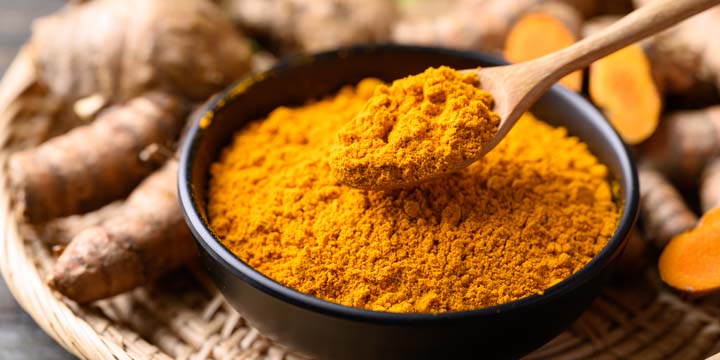Are there potential risks of using turmeric?
Turmeric is safe for most people when taken with food or in teas. But as with most things, moderation is key. Consuming too much turmeric at once can lead to nausea, indigestion and diarrhea. It can also interact with certain medications, such as blood thinners.
Consuming high concentrations of turmeric over time has been linked to liver problems too. Those with gallbladder disease should avoid turmeric entirely as it may make their condition worse.Turmeric in doses of 500-2,000 mg per day is considered beneficial for people with diabetes, however, speak to your healthcare provider to determine the appropriate dose for you.
How can I safely incorporate turmeric into my diet?
Turmeric can be taken in supplement form or as an added spice in foods and beverages. As it is difficult for the body to absorb the curcumin in turmeric, taking supplements can enhance absorption. However, speak to your healthcare provider first to determine whether supplements are right for you and what dose is best. Ideally start at a lower dose and go up from there to see how your body reacts.
You can also improve the absorption of turmeric by consuming it with a source of healthy fat such as olive or avocado oil. When using turmeric in foods or teas, avoid buying in bulk as its benefits are most potent when consumed fresh. Dried spices like turmeric generally last for about six months, provided they’re sealed and stored in a cool, dry place.
Keep in mind that cooking with turmeric will take away some of its medicinal value.
Try adding some turmeric to your next soup or curry along with healthy fats like avocado or olive oil. Turmeric is also a good addition to your morning smoothies, or sprinkled on oatmeal, scrambled eggs and vegetables. Here’s a yummy recipe for roasted curried cauliflower using turmeric.


